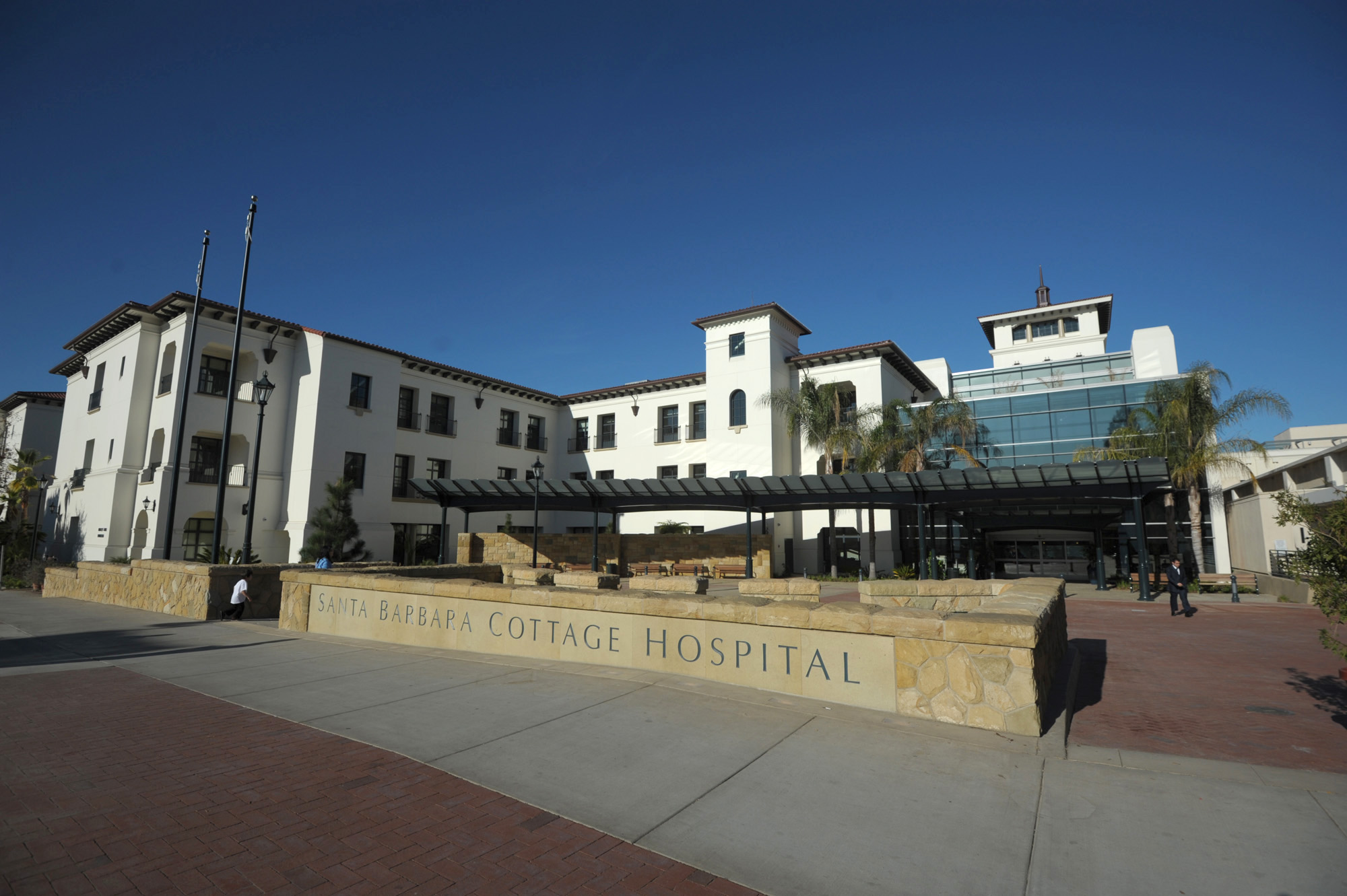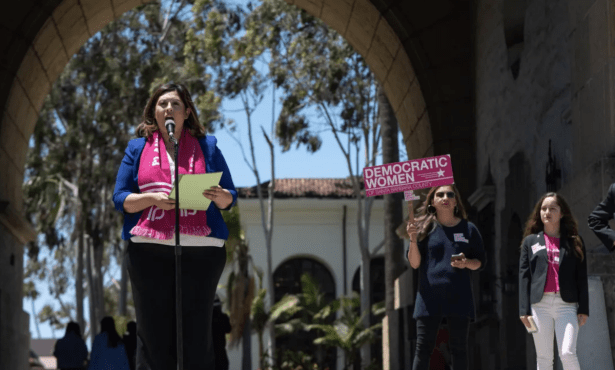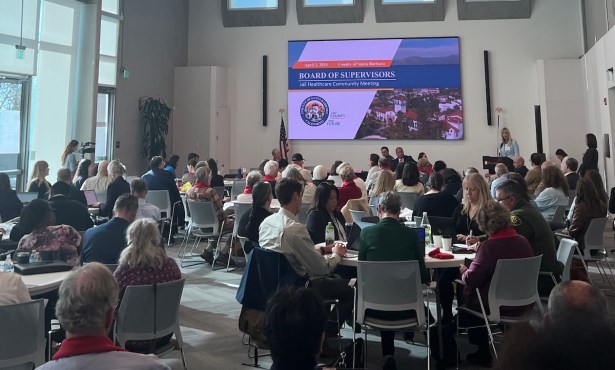Depression On the Rise in Santa Barbara County
Santa Barbara’s Numbers Significantly Higher Than State Average

Even before the onslaught of COVID-19, an increasing number of Santa Barbara County residents were getting diagnosed with depression. Based on a new population health study conducted by Cottage Hospital in 2019, 23.9 percent of the respondents reported that they’d been told by a doctor that they suffered from a depressive disorder. In a similar study conducted by Cottage in 2016, the percentage of respondents was 18.3 percent. Santa Barbara’s numbers are significantly higher than the statewide and national benchmarks for depression. The statewide benchmark for depression in 2018 was 15.4 percent, and the national benchmark is 20.6 percent.
Women reported a jump from 21.9 percent to 29.8 and men from 14.6 percent to 17.8.
Get the top stories in your inbox by signing up for our daily newsletter, Indy Today.
Hispanic respondents reported an increase from 13.2 percent three years ago to 17.8 percent in 2019. For whites, the jump was from 23 percent to 28.3. And for “other” the increase was from 11.6 percent to 25.5 percent.
One of the bigger jumps occurred for people from the ages of 18 to 44; they reported an increase from 15.4 percent in 2016 to 26.2 percent. Not surprisingly, individuals making less money reported higher rates of depression. Nearly 30 percent — 29.8 percent — of respondents making less than $35,000 a year reported that a doctor told them they were depressed in 2019; that’s up from 18.1 percent in 2016. People making from $35,000 to $75,000 actually dropped a percentage point, while people making over $75,000 saw a six percent rise.
In another reflection of the county’s mental health, Cottage Hospital surveyed for the percentage of adults who experienced 15 or more poor mental health days out of the last 30. That number increased for all categories from 9.3 percent in 2016 to 12.3 percent in 2019. All ethnic categories reported an increase, but whites reported the most. Age, income, and educational achievement seemed to correlate as well. Of the respondents earning less than $35,000 a year, 18.4 percent responded that they’ve experienced more than 15 poor mental health days in the last month. Three years ago, 12.6 percent of that same group reported that.
All of this data is part of a comprehensive survey and brain dump conducted by Cottage Hospital to better gage broader community concerns about matters of public health and access to health care. Overall, the report demonstrates, in many ways, how the disparities in access — based on income, ethnicity, and education — are expanding. For those interested in immersing themselves in the all data Cottage accumulated — as well as maps showing how that data breaks down geographically — you can do so here.
Every day, the staff of the Santa Barbara Independent works hard to sort out truth from rumor and keep you informed of what’s happening across the entire Santa Barbara community. Now there’s a way to directly enable these efforts. Support the Independent by making a direct contribution or with a subscription to Indy+.



